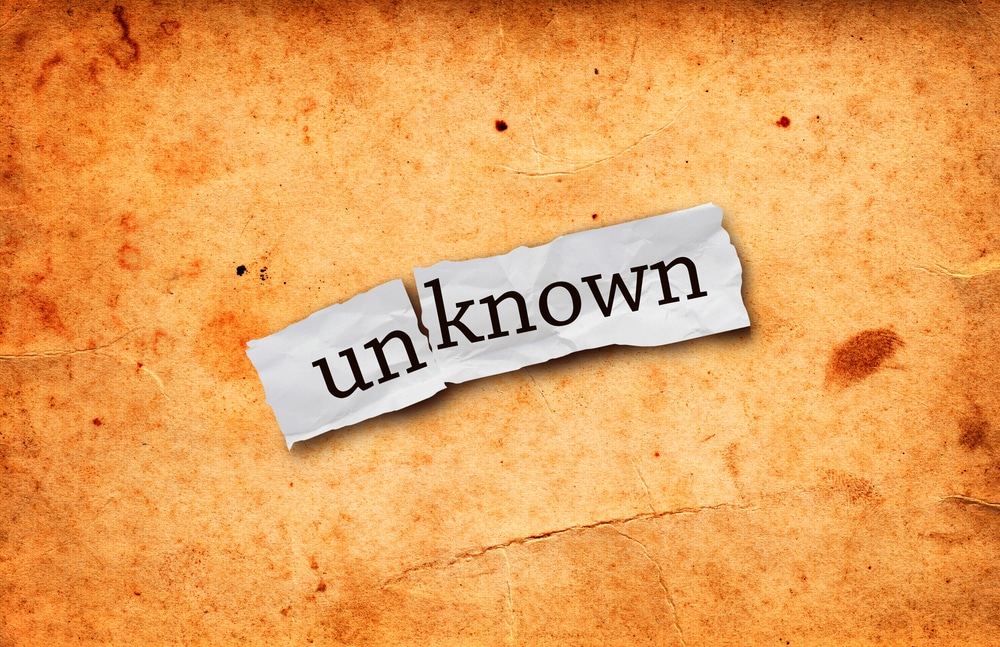In my TEDx talk “Why Aren’t We Awesomer?”, I shared the story of my appearance on a short-lived UK TV show called “Put it to the Test”. My job was to take three people with spider phobias and put Dr. Richard Bandler’s “Fast Phobia Cure” to the test. Each of the volunteers was hooked up to EEG and EKG machines to show the physical effects of fear on their bodies, and two doctors were there to monitor the results and ensure the results were both accurate and above board.
While the phobia cure passed the test with flying colors, allowing each of the participants to hold a tarantula spider in their hand with barely any variance in their heart rate or brain activity, the moment that most impacted me happened during the dress rehearsal for the taping. Each of the volunteers was hooked up to the machines when the stage manager brought out a clear, empty plastic container and told them that during the actual filming, that container would be filled with spiders.
To my surprise, the EEG and EKG machines started going crazy, indicating that people were experiencing a full-blown phobic response to something that wasn’t actually happening. It was then that I realized a fundamental truth about the nature of fear:
We’re not afraid of what we think we’re afraid of – we’re afraid of what we think.
This has rarely seemed more relevant than in recent times, when people’s fears in the face of an uncertain future have been ramped up for several months. When I’ve asked people what they’re afraid of, their answers have ranged from the loss of a loved one to the loss of financial security, with the loss of their own lives coming in a distant third. But when I’ve asked them what they’re really afraid of, the answer that has come back most often is “the unknown”.
Yet “the unknown”, by definition, can’t be scary. How can we be scared of something we don’t even know exists?
What people are actually scared and occasionally terrified of is what I call “the imagined known”. In other words, we imagine futures where things go badly for us and everyone we care about, and we feel suitably scared each time we do. Because the speed of thought is generally faster than our inner eye can see, we’re usually not even aware of these thoughts – but the feeling of fear in our body acts like the read out from an inner EEG/EKG machine, letting us know about the current state of our thinking and the real-time effect it’s having on our nervous system.
Here’s a simple thought experiment that you can try to put this to the test for yourself. It might scare you a bit, but I think you’ll find it illuminating:
It’s a pretty safe bet that at some point exactly one week from now, you will be having dinner. And even if your diet is relatively unvaried, what exactly you’ll be having for dinner is unknown. How do you feel when you think about that?
Now unless you’ve spent part of your life staving off starvation, not knowing what you’ll be eating in a week is unlikely to set off your internal alarm bells.
But what if you started to imagine a global food supply crisis? And what if that crisis caused food shortages in supermarkets, and any food you had stored in your home went off?
Can you begin to feel the symptoms of scary thinking in your body?
Years ago, I was working with a client who told me about a dream he had where he was flying to Europe on a private jet with former Iraqi dictator Saddam Hussein and the pop star Jamiroquai. Early on in the flight, he realized that Jamiroquai was sleeping with Saddam Hussein’s wife, and he woke up in a sweat terrified at the potential consequences if the dictator realized what was happening.
We both laughed at the ridiculousness of the dream, but later in the session he was talking about what was for him a very real fear of failing in his career and having to start over almost halfway through his life. When he asked me what he should do about it, I pointed out to him that that was the equivalent of asking me what he should do about the pop star’s affair with the dictator’s wife. It was only happening in his imagination, so there was nothing to be done about it.
As I wrote in my book The Space Within:
There’s no such thing as a solution to a feeling.
In the absence of a clear and present danger, any time we feel fear in our body we know it’s just a symptom of our own imagination run amok. And we don’t need to do anything about that.
The moment we recognize fear for what it really is, it fades into the background – like a television on over a bar or in the corner of a restaurant. We may not be able to change the channel, but it needn’t occupy much if any of our attention. And from the state of relative calm and clarity we all have when we’re not caught up in our scary thinking, if there’s anything actually to be done to take care of ourselves, it’s generally obvious and relatively straightforward to implement.
With all my love,
![]()






